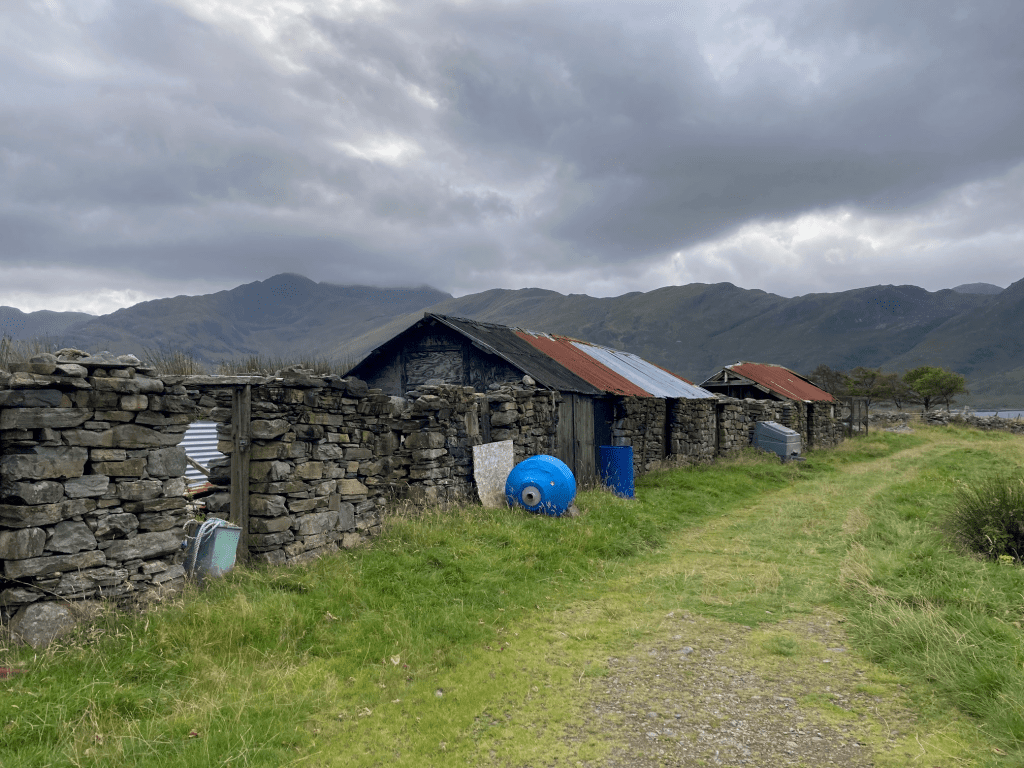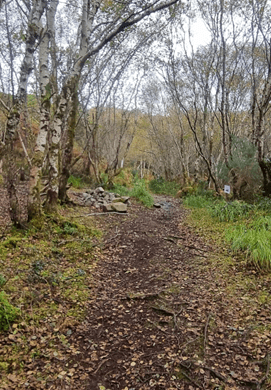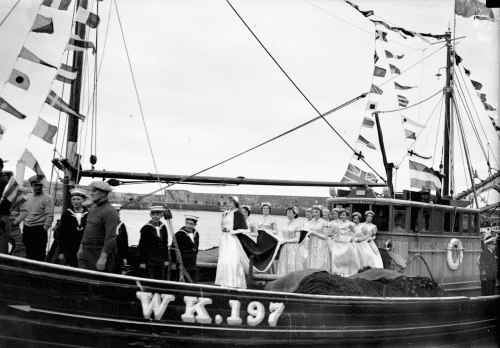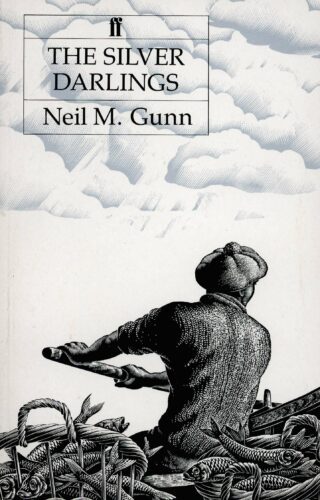The Gairloch Museum, located on the west coast of Scotland, has exhibits dedicated to the history of fishing, including the herring industry, in the local parish. The ‘Museum from Home’ details the importance of Gairloch to the success of the herring boom and how the herring industry benefited the workers and local community.
The Wick Heritage Museum, located in the Pulteneytown district of Wick, has a team of volunteer guides to help explain displays depicting the many aspects of life during the herring industry heydays. The Wick Society has kindly provided many of the incredible historical photographs used on this website.
The Scottish Fisheries Museum, located in Anstruther, Fife, presents information on the development of the Scottish commercial fishing industry, including herring, and how fishing became so important to the Scots.

The Old Herring Path, beginning in Corran, located on the shores of the fjord-like Loch Hourn, was constructed in the 19th century by locals to transport, on foot, herring catches between villages along the loch. The path has fallen into neglect but can still be traced, and remnants of huts used by herring fishers (pictured above) can still be seen in Corran.
 The Plock (pictured), in Kyle of Lochalsh, features a historical “herring trail”, used during the late 19th century to transport fish from the neighbouring bay (Fishermen’s Bay, or Bàgh Iasgairean) to the pier where they were loaded on ships to transport the herring to the Clyde. The trail was a simple cobbled path, but there are plans to restore it to its former glory, eventually building a replica smoke-house nearby.
The Plock (pictured), in Kyle of Lochalsh, features a historical “herring trail”, used during the late 19th century to transport fish from the neighbouring bay (Fishermen’s Bay, or Bàgh Iasgairean) to the pier where they were loaded on ships to transport the herring to the Clyde. The trail was a simple cobbled path, but there are plans to restore it to its former glory, eventually building a replica smoke-house nearby.
The fishing station on Dry Island, Badachro, built circa 1840, is a rare, almost complete, example of an island fishing station, where local catches of white fish and herring were brought to be salted and barrelled for export. The island is home to the McWhinneys, whose ancestors have lived, fished and farmed there since the 15th century, with guest accommodation and boat tours available.
Isle Martin, located in the Summer Isles, is home to an old herring curing station and the site of recent archaeological excavations. The curing stations on Isle Martin and Tanera Mor, a nearby island, played a crucial part in the development, economy and culture in the NW highlands, as well as the slave trade in the 18th and 19th centuries. Isle Martin is a famous stopover for sailors, and visitors can stay on the island in traditional housing.
The Dundee “First Fish”
In Scotland, the “first-footer” is the first person to enter a household on New Year’s Day and is thought to bring good fortune for the year ahead. There is a tradition in Dundee – that has been revived in recent years – to give a brightly coloured, handmade decorated herring as a first-footing gift on Hogmanay. In the past, cured and brined herring were gifted. However, in recent years, a more hygienic and less messy option of hand making fish out of cardboard has been adopted.
The tradition of gifting herring began sometime in the 19th century. Before the new year, herring barrels were emptied to make room for fresh fish. The first fish that went into the barrel was said to bring good luck, which is how the tradition of decorating and hanging up the first fish is thought to have developed. This tradition is unique to Dundee and the surrounding areas, where the fish would typically be stripped of flesh whilst keeping the head, spine and tail. The fish would then be dressed in outfits, typically consisting of a skirt and bonnet, made from paper or fabric scraps.
The Herring Queen Ceremony and Procession
 The tradition began in Wick in 1937, after the Coronation of King George VI inspired the community to organise their own pageant, which was non-existent in the north of Scotland. Herring fishing in the years leading up to the crowning of the first Herring Queen was poor, and the fleet was greatly diminished. The festival to crown the Herring Queen was organised to bring cheer and optimism back to the town.
The tradition began in Wick in 1937, after the Coronation of King George VI inspired the community to organise their own pageant, which was non-existent in the north of Scotland. Herring fishing in the years leading up to the crowning of the first Herring Queen was poor, and the fleet was greatly diminished. The festival to crown the Herring Queen was organised to bring cheer and optimism back to the town.
The Herring Queen had to have at least one parent connected with the industry, and she was elected on the day of crowning. The Queen was taken to sea on a drifter boat, escorted by the fleet and members of the community wishing to be a part of the procession. The convoy made for a remarkable spectacle, attracting nearly 8,000 people to watch the first procession and crowning ceremony. See two films from the 1938 Procession and Crowning here.
The crowning of the first Herring Queen in Wick was witnessed by Eyemouth’s harbour master at the time, and the idea was brought back to a committee organising the yearly fisherman’s picnic in Eyemouth. The first Herring Queen was crowned in Eyemouth in 1939, and the tradition lives on today. Read more about Eyemouth’s Herring Queens here.

Photo 1: Herring huts in Corran, Loch Hourn © Michelle Frost; Photo 2: Herring Trail at the Plock © Charlotte Small; Photo 3: Wick Herring Queen © Wick Society, Johnston Photographic Collection; Photo 4: The Silver Darlings cover © Faber & Faber publishing.
Email: [email protected]